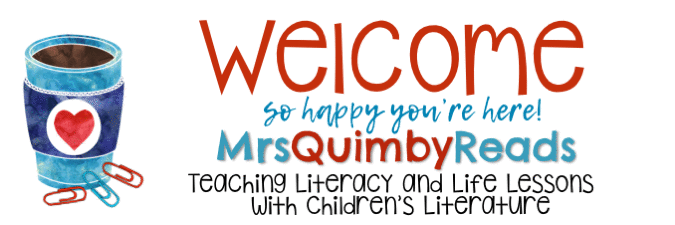Welcome March! this month comes in like a
LION! and I am reading
In Like a Lion, Out Like a Lamb by Marion Dane Bauer, to my first grade students. I purposely stopped reading after the lion tracks through the boy's cozy home and leaves a trail of snow flurries and muddy footprints. The boy observes quietly,
as will your class, the pouncing, howling and growling lion. After reading the first part of this book, the children made a lion by following directions in the pocket chart. We read each direction together and children were told that order is important. There were 6 steps in all. This lesson is from a great resource from
Scholastic.com, entitled
Follow the Directions Pocket Chart Activities. You will need sentence strips and templates for a lions body, head, tail and mane. Display the following on sentence strips in a pocket chart.
1. Trace and cut a brown body.
2. Trace and cut a brown head.
3. Trace and cut a brown tail.
4. Trace and cut a yellow mane.
5. Glue your lion together.
6. Draw a face.
I displayed each step along side the sentence strip (i.e. a brown body next to #1, brown head next to #2, brown tail next to #3, and so on...). I didn't draw a face so that my students would create their own and I wasn't disappointed! Their lion faces were fun and fabulous!
After reading directions, encourage the children to quietly 'build' their lion by rereading the steps and checking back to the pocket chart. Hopefully, you will find a busy room of reading, tracing, cutting, glueing and drawing and finally writing! Lovely! I allowed children to walk up to pocket chart to reread...some need a closer look. I encouraged no talking as they worked more diligently.
After making their lion, pass out paper for writing. The discussion about March and making the lions are a perfect authentic writing prompt. The children loved reading their writing aloud to the class. We will finish the story when our weather turns warmer and March goes out like a lamb. I have many questions and requests about what the lamb is like...children are looking forward to finishing this book with anticipation and curiosity, and, of course, they asked if they can make a lamb.
Enjoy reading with your class! Mrs. Quimby
themes and concepts for this lesson:
Spring...seasons...lions...lambs...weather...comparing and contrasting
 I love this book! and I think you will too. It is wonderful when teaching size and comparing. So you thought the blue whale was big? wait until you compare him to the colossal size of Mt. Everest! You will be surprised. And there's more. When you finish reading this book, you might feel very, very small. This book delights children of any age. You could use this book to teach size, measuring and relativity. It can be a springboard for making graphs in a fun way.
I love this book! and I think you will too. It is wonderful when teaching size and comparing. So you thought the blue whale was big? wait until you compare him to the colossal size of Mt. Everest! You will be surprised. And there's more. When you finish reading this book, you might feel very, very small. This book delights children of any age. You could use this book to teach size, measuring and relativity. It can be a springboard for making graphs in a fun way. 

